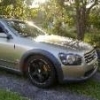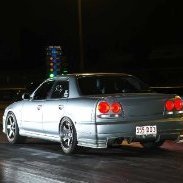Dump Pipes
Announcements
-
Similar Content
-
Latest Posts
-
And @GTSBoy I also see zero results for site:performanceforums.com
-
All good, I'm happy to avoid. They are not confidence inspiring in their branding or info. In the meantime I managed to find a seller with Bosch sensors who advertises them for 1997 - 2000 which obviously includes pre and post 9/98. So that makes me happy, I'm much happier with Bosch.
-
Looks like the site: operator works for other domains on google, but not for PF. So either google is not indexing PF because PF finally pissed them off too much, or PF is blocking google. And....PF appears to be blocking all indexers. site: operator on bing returns lots of hits saying that they can't show info for the site.
-
Meanwhile, I'm struggling to find the thread on PF. I'm trying to use the site:performanceforums.com operator in the google search and it returns no hits, regardless of the other search terms. Does it work for you?
-
For folks playing along, I'm aware that >9/98 was the M52TU with a bunch of changes (including double vanos) but I'm hoping for the same o2 sensors.
-






Recommended Posts
Create an account or sign in to comment
You need to be a member in order to leave a comment
Create an account
Sign up for a new account in our community. It's easy!
Register a new accountSign in
Already have an account? Sign in here.
Sign In Now